Sony E 15mm F1.4 G Review
Dustin Abbott
June 1st, 2022
I’ve been openly questioning of Sony’s commitment to its APS-C platform, as both camera and lens releases in that space have been few and far between over the past 3 years. Sony’s development on full frame has been rather frenzied during that same period, with a number of new camera and what I consider a golden age for lens development. I’ve reviewed one lens after another that I really, really liked in the full frame space, which tells me that Sony has really hit its stride as a camera lens maker. But APS-C has seemed to be on the back burner. And while I still see a lot of room for Sony to deliver a robust sports-oriented APS-C body (something to contend with the new Canon EOS R7 would be nice!), they are taking large strides to shore up the wide angle end of their APS-C catalog with three releases: the E 10-20mm F4 PZ OSS (Powerzoom), the E 15mm F1.4 G, and the Sony E 11mm F1.8 lens. This isn’t the first time that Sony has done some of its better APS-C lenses in bunches, as the last “G” lenses (mid-tier superior lenses) for APS-C came together in 2019: the Sony E 70-350mm F4.5-6.3 G OSS (my review here) and the Sony E 16-55mm F2.8 G. I’ve been fortunate enough to have spent time with all three of these new releases, and I am starting my coverage with the largest of the three small lenses – the Sony 15mm F1.4 G, which I’ll refer to as the Sony 15G for brevity in this review.
Sony reserves the G designation for its mid-tier lenses and G Master for its superior lenses, and I’ve found that there is a lot of value to be found in the G lineup. These lenses have more advanced features like weather sealing and a focus hold button, and Sony has packed a lot features into a very small package here.
- Superior G Lens image quality
- Three aspherical elements
- Dual linear motors driving autofocus
- A focus on video performance, with minimal focus breathing
- Linear manual focus for more precise manual focus and repeatable focus changes
- More physical controls, including an AF/MF switch, aperture ring with De-Click switch, and a focus hold button
- Dust and moisture resistant design
- Close minimum focus of 20cm (Autofocus = 0.12x magnification) or 17cm (Manual Focus = 0.15x magnification)
- Smaller and lighter than competing lenses
This is a beautiful, well crafted lens that is in many ways similar to Sony’s full frame series of recent G primes (24mm F2.8, 40mm F2.5, and 50mm F2.5 G primes – click the hyperlinks for reviews of each lens). Though small and light, it feels premium, and its optical performance certainly backs that up.
The lens will retail for $748 USD, which definitely makes it one of the more expensive primes on the platform (the Sigma 16mm F1.4 is the closest competitor at a $449 MSRP), though the Sony is definitely the more premium lens on a number of levels. It is capable of giving you lovely images even at F1.4:
Ultimately you will have to decide if the premium price point matches the premium performance, but hopefully this review will help you make an informed decision. If you prefer to watch reviews, you can check out my detailed video review below.
Follow Me @ Patreon | My Newsletter | Instagram | Facebook | DA Merchandise | Flickr | 500px
I want to thank Sony Canada (and Gentec) for the loaner of this lens. As always, this is a completely independent review. The opinions here are completely my own. *The tests and most of the photos that I share as a part of my review cycle have been done with the Sony a6400 along with the Sony Alpha 1 which will serve as my benchmark camera for the foreseeable future (my review here).
Sony 15G Build, Design and Handling
One of the key areas of emphasis with each of these three new lenses is for them to be compact. The fact that they’ve managed to do that with a lens with a maximum aperture of F1.4 is impressive. Sony’s APS-C crop factor is 1.5x, meaning that the effective focal length is the equivalent of 22.5mm on full frame, so a bit wider than something like the Sony FE 24mm F1.4 G Master. As mentioned previously, the closest competitor for this lens will be the Sigma 16mm F1.4. That lens is obviously not quite as wide (a 24mm full frame equivalent), but it is significantly bigger in size than the new Sony lens. The Sony weighs in at 218g (2.73oz), while the Sigma comparatively is 405g (14.29oz) – which makes the Sony 15G about 46% lighter. Neither lens is heavy in an absolute sense, but that’s obviously a significant difference in weight.
That’s true of the overall length, too, which is 69mm (2.73″) compared to 92.3mm (3.63″), which is about 25% shorter (the Sigma is shown in the middle photo above). The diameter is a bit narrower too, with the Sony measuring at 65mm/2.55″ (by me) compared to 72.2mm (2.84″) for the Sigma. That is reflected in the filter sizes, too, with the Sony at 55mm and the Sigma having a 67mm front filter thread.
All of this boils down to the fact that Sony has managed to deliver a high performing lens that is truly compact, again proving that premium doesn’t have to mean “big”.
As noted in the intro, Sony has given the 15mm F1.4 G some premium features, including a weather sealed build (dust and moisture resistant). I don’t have access to the diagram to count the seal points, but I have seen one, and it showed seals at the vital internal points (rings and switches) along with the rubber gasket at the lens mount shown here.
Sony has managed to pack their full suite of traditional G (and even GM) features into this little lens, starting with a full featured approach to aperture control. You can choose to have a “clicked” aperture with 1/3rd stop detent control, you can move it over into the “A” (Automatic) setting which allows you to control aperture from the camera, or (in a nod to video use), you can use a switch on the left size of the barrel to move into “declicked” mode which allows you to smoothly “rack” through aperture without any clicks or detents. There is also a nicely firm separation between the manual aperture section and the automatic setting to prevent you from inadvertently moving into the automatic zone.
We’ve also got a focus hold button (which can be programmed to a variety of functions in the camera menu) along with an AF/MF switch, which I always welcome as the most logical and efficient means of switching between the two.
The included lens hood is petal shaped, flares out a bit, and is relatively shallow. It can be reversed for storage without adding too much bulk to the footprint of the lens in a bag.
There are two rings. The thinner and closer of the two is the aperture ring. The second ring is the manual focus ring, which is considerably wider. It moves smoothly, and, as noted, behaves in a linear fashion to allow for focus repeatability, which is very important in video work so that you can set up precise and repeatable focus pulls. The focus action is very light, however, and lacks the precision of the best focus rings.
There is no image stabilization (OSS) in the lens, so you’ll have to depend on in camera stabilization if your camera is so equipped.
Inside we have a seven bladed aperture with rounded blades. The aperture shape will initially stay rounded when stopping the lens down but will eventually become polygonal as the blades start to show their shape (as we can see here).
Minimum focus distance here is 20cm when autofocusing, but you can focus a bit closer (17cm) when manually focusing, which gives you a significantly higher magnification level (0.12x vs 0.17x). The latter figure is obviously much more useful, so bear that in mind when you want to get really close. Here’s what the 0.17x figure looks like:
And yes, you can clearly see a precursor to the an optical flaw that we’ll explore later – namely a fair amount of barrel distortion. Despite that, however, the focus plane is still pretty flat even at F1.4 and the contrast and detail is good. You can get some very nice up close results with fairly blurred out backgrounds at close focus distances.
There’s really very little to criticize as far as the build and handling go. The Sony 15G is proof positive of the size and weight savings you can achieve when you do dedicated engineering for a smaller sensor size. The Sony 24mm F1.4 GM is a compact, lightweight lens for a professional grade full frame lens, but it is more than twice as heavy and about 25% longer. The Sony E 15mm F1.4 G is basically a miniaturized version of that lens, with similar levels of build quality and features. We haven’t seen any lenses for APS-C bearing the G Master badge to this point, but the Sony 15G is probably the closest that we’ve seen thus far.
Sony E 15mm F1.4 G Autofocus Performance
The Sony 70-350mm F4.5-6.3 G and 16-55mm F2.8 G lenses had previously been Sony’s only APS-C lenses to be given Sony’s linear motor focus system, but Sony has upped the game with the 15mm F1.4 G, endowing it with dual linear focus motors to ensure blazingly fast focus speeds despite the large maximum aperture. Even when the situation is fast and dynamic, you can be sure that this is a lens that has the focus speed to get the job done. I rushed up to my spot to try to catch this kayaker shooting the rapids (I had seen they were heading that way) and was able to get accurate focus at F1.4 even though I had only a split second to grab the moment.
That focusing speed led to an interesting/surprising moment when I did my standard focus tests for video on my a6400 test body. I found that focus pulls were quite slow, slow enough in fact that when moving at my typical pace between subjects that the focus sometimes hadn’t reached the target before I switched to the next subject. I was surprised, as I knew the focus speed on tap.
I switched to my Alpha 1 in APS-C mode, and got normal speed focus pulls and transitions (like when holding up my hand in front of the camera and then allowing it to refocus on my face). Everything was smooth and confident. I’ve never had to “turn up” focus speed on my cameras (I typically stay in “Normal”), so this feels like a minor pre-release “bug” in relation to the a6400.
Sony has also prioritized minimizing focus breathing in the optical design of these new “hybrid” lenses, and while focus breathing isn’t non-existent, it is minimal.
Focus speed for stills was excellent, with quick acquisitions of subjects and good “stickiness” in staying on the subject. I was able to get accurate focus on the a6400 even with a strongly backlit subject like this:
I also got precision focus even on fine (narrow) subjects like this poetically shaped dried pine needles.
Landscape focus was of course simple even in the dying light at the end of the day (I shot at F2 for this photo).
A lens like this will be great for shooting environmental portraits, and I got accurate focus at F1.4 even with people’s faces turned away from the camera and a nice, rich looking environment even with the lens wide open.
Throughout my test period I don’t think that I ever heard any noise associated with focus at all. The dual motor focus system delivered fast, quiet, and accurate results. This is a premium focus system…and it shows. I have some hope that a future Sony APS-C camera with a more robust focus system will be able to take even more advantage of lenses like this.
Sony 15G Image Quality
The MTF charts that I’ve seen from this lens suggested a very high level of performance, and that’s definitely what I’ve seen. You can achieve a lot of detail even at F1.4:
The lens performs well in a lot of the technical merits, including a good control of LoCA (Longitudinal Chromatic Aberrations) even in very challenging situations. I see only minimal green fringing around these out of focus water droplets even with bright morning sun shining through them.
There is also on very minor amounts of lateral CA (LaCA) in the corners of the frame:
That’s a good start in a wide angle, wide aperture prime. But we already knew that we have at least one unpleasant surprise coming, and it arrives in the form of fairly pronounced barrel distortion.
To achieve my manually corrected result I needed to dial in a lot of distortion correction (+39) and a moderate amount of vignette correction (+42, or slightly under two stops). The latter is no big deal, but the former will definitely need correction. The good news is that the distortion is quite linear, so I could manually correct it without any kind of “mustache pattern” showing up. The second bit of good news is that as a first party lens, the Sony 15G will receive premium correction support both in camera and in software, so this shouldn’t be a serious issue for you in real world use.
You will want to correct that distortion, however, as it does show up in real images. This photo of the spring tulips definitely shows some of the barrel “bulge” in the window frames.
So how about resolution and contrast? We’ll get answers from my test chart, which you can see here:
I’ve used the 24 MP Sony a6400 for this test, which is currently as high as Sony’s APS-C cameras venture.
Here are high magnification (about 200%) crops from across the frame at F1.4 (Center, Mid-frame, and lower right corner):
These show a very high level of contrast and resolution in the center and mid-frame, with slightly reduced performance in the corners.
Stopping down to F2 produces slightly better contrast and resolution in the middle of the frame:
…but a much more dramatic improvement in the corners, which now look excellent:
Stopping on down produced a minimal increase in contrast in resolution, with F5.6 being pretty much the sweet spot for maximum performance. Real world landscapes at smaller apertures look amazing, with great contrast and detail across the frame:
Here’s another:
The advantage of such a sharp lens at wide apertures, however, is that you can shoot at those wider apertures and still get detailed images if you don’t have a lot of light to work with. I was at ISO 800 (and 1/30th second exposure) already for this shot, and keeping the aperture bigger (F2.8) while still getting great detail allowed me to get a cleaner end result in this conditions:
Minimum aperture is F16, and I would stick at F11 where possible. Diffraction reduces the appearance of contrast and resolution to the lowest level of any aperture.
Another important design aspect for a wide angle lens is flare resistance. I did see a bit of a ring at wide apertures in certain images (like the one below), but fortunately the effect is actually pretty cool:
Overall flare resistance was very good. I was able to tease out one green blob at smaller apertures (F11), but by and large I could shoot into the sun or bright lights without fear.
Bokeh is not necessarily the highest priority on a lens like this, but I found the quality of the background blur generally decent.
A wide angle of view means that you will rarely have the background completely out of focus, but I didn’t see anything particularly distracting in any of my shots with some defocus to the background. I think that most people will be satisfied with this performance.
In fact, I doubt that anyone will be disappointed with the Sony 15G optically. Outside of that barrel distortion it does pretty much everything very well, delivering images with rich detail, good contrast, and nice color:
When you consider how small of a package all of this performance comes in, the Sony E 15mm F1.4 G will become a very tempting lens for those looking for a premium APS-C wide angle prime. If you’d like to see more photos, check out my image gallery here.
Conclusion
The Sony E 15mm F1.4 G is another of those rare Sony APS-C lenses that feels on par with the companies full frame options. It feels a lot like a miniature G Master lens in its features and performance. I’m also reminded of the G series full frame primes released a year back (24mm, 40mm, and 50mm), though none of those lenses had the large maximum aperture of 15mm F1.4 G. That large aperture makes this lens feel a cut above them, somewhere between the Sony FE 24mm F2.8 G and the Sony 24mm F1.4 G Master. And that’s where it is priced, so it feels like Sony has done a good job of positioning this lens. I wouldn’t call it a value lens, per se, but I would call it a premium lens.
The list of strengths is long, from the quality of the build (including weather sealing), video focused features, excellent autofocus, and a truly excellent image quality performance. The list of negatives is very short and mostly limited to the strong barrel distortion, though the correction profile will help rectify that. There are many applications for a lens with a focal length like this, and wider maximum aperture means that they aren’t limited to the typical landscapes, though it does those very well.
If you are an APS-C shooter and have been wishing for some quality primes on the platform, the Sony E 15mm F1.4 G should be a very tempting option for you. The price point hasn’t been finalized at the time of this review, but at $700-800 USD the lens won’t be cheap, but it also compares favorably to some of the Fuji APS-C primes that are priced in this range. There haven’t been a lot of “must-have” Sony APS-C lenses, but this is definitely one of them, and I haven’t seen anything from any third party lens maker yet that matches the performance of this Sony choice. Spending time with some quality APS-C lenses has ironically reminded me of how much I prefer the handling of Sony’s full frame cameras to their APS-C lineup, which is kind of like this litter bearing the warning of “do not litter”.
So hopefully this new round of lenses is a precursor to a new lineup of truly improved Sony APS-C cameras that align better with their full frame sensibilities. I suspect a quality lens like the Sony E 15mm F1.4 G will shine all the brighter when those cameras arrive.
Pros:
- Nicely built lens with a feature set more like Sony’s full frame offerings
- Quality degree of weather sealing
- Dual linear motors produce fast, quiet focus
- Low focus breathing
- Consistently excellent sharpness and contrast
- Good flare resistance
- Good bokeh rendering
- Good control of chromatic aberrations
- Extremely compact size
Cons:
- Slightly expensive
- Strong barrel distortion
Gear Used:
Purchase the Sony E 15mm F1.4 G @ B&H Photo | Amazon | Camera Canada | Amazon Canada | Amazon UK | Amazon Germany
Purchase the Sony E 11mm F1.8 @ B&H Photo | Amazon | Camera Canada | Amazon Canada | Amazon UK | Amazon Germany
Purchase the Sony 10-20mm F4 PZ G @ B&H Photo | Amazon | Camera Canada | Amazon Canada | Amazon UK | Amazon Germany
Purchase the Sony a6600 @ B&H Photo | Amazon | Camera Canada | Amazon Canada | Amazon UK | Amazon Germany | Ebay
Purchase the Sony a6400 @ B&H Photo | Amazon | Amazon Canada | Amazon UK | Amazon Germany | Ebay
Peak Design Leash Strap: Peak Design Store | B&H Photo | Amazon | Amazon Canada | Amazon UK
Adobe Photoshop Creative Cloud 1-Year Subscription
Exposure Software X6 (Use Code “dustinabbott” to get 10% anything and everything)
Visit Dustin’s Amazon Storefront and see his favorite gear

Purchasing your gear through B&H and these links helps fund this website and keeps the articles coming. You can also make a donation here if you would like. Visit my Amazon page for some of my gear of choice! Thank you for your support.
Great News! I can now offer a 5% discount on all purchases at Amplis Foto, Canada’s Leading Photographic Supplier. Please enter discount code: AMPLIS52018DA in your cart. It is good for everything in your cart, and is stackable with other coupons, too! It will take 5% off your entire order! Proceeds go towards keeping this site going and providing you with new reviews!
Check me out on: My Patreon | Sign Up for My Newsletter | Instagram | Facebook | Twitter | Flickr | 500px | Google+ |
Keywords: Sony E 15mm Review, Sony 15mm F1.4 G Review, Sony 15mm, F1.4, f/1.4, G, APS-C, Sony a6600, Sony Alpha, a6600 Review, Sony, a6600, Review, Dustin Abbott, a6500, a6400, Alpha 1, Hands On, Video Test, Sharpness, Autofocus, CA, Video AF, Autofocus, Eye AF, Lens, Comparison, Test, Dustinabbott.net, Sample Images, Sample Video, Let the Light In, Burst, Action
DISCLAIMER: This article and description contains affiliate links, which means that if you click on one of the product links, I’ll receive a small commission. As an Amazon Associate I earn from qualifying purchases.










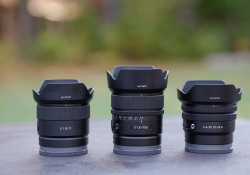
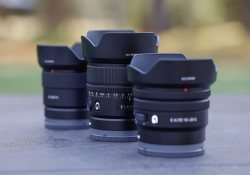
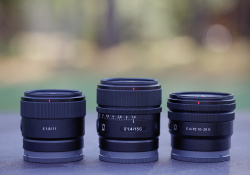
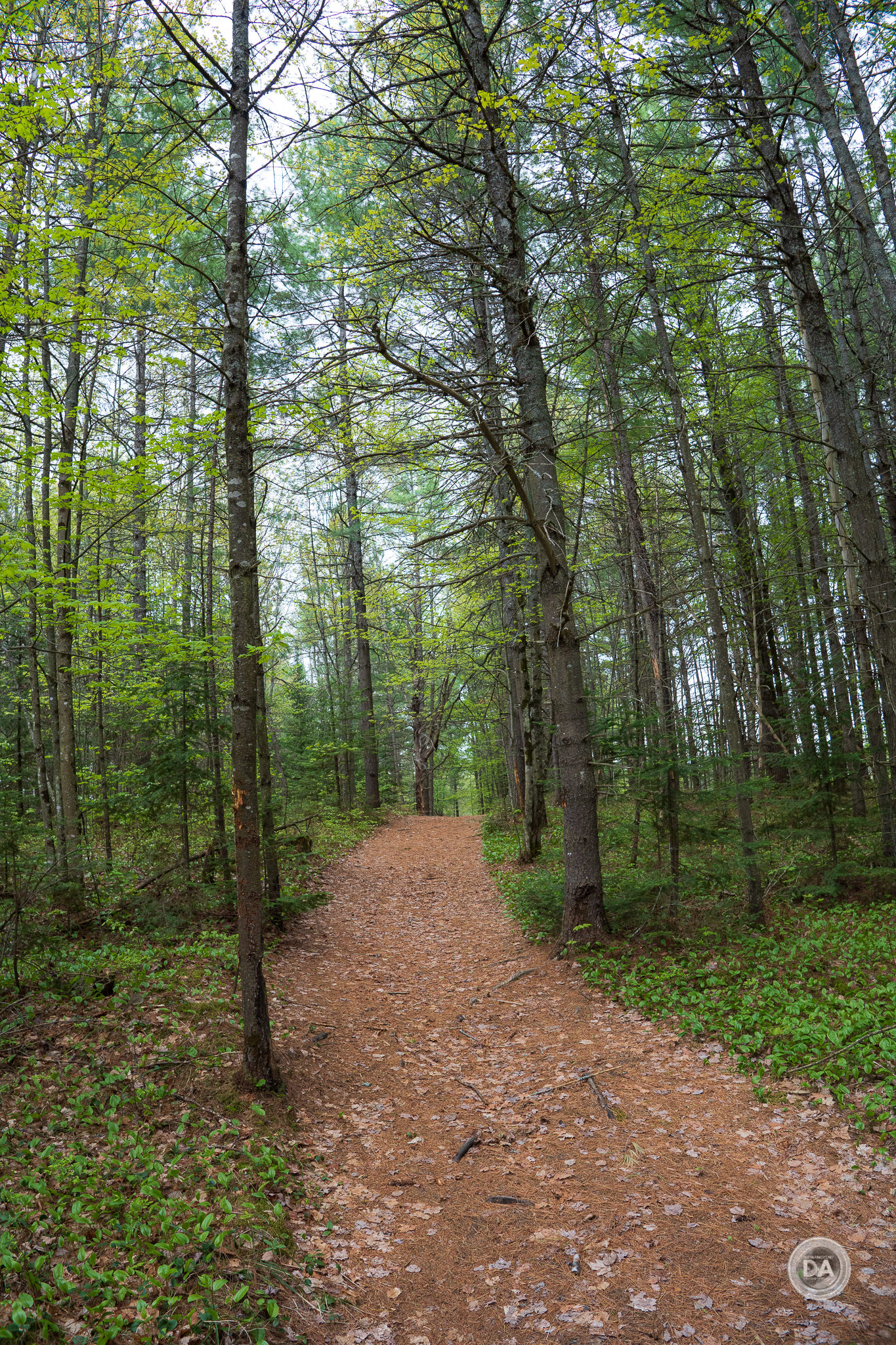

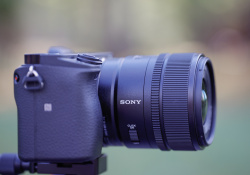
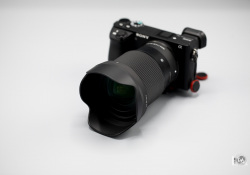
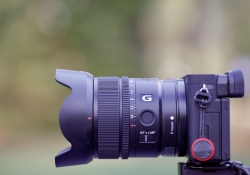
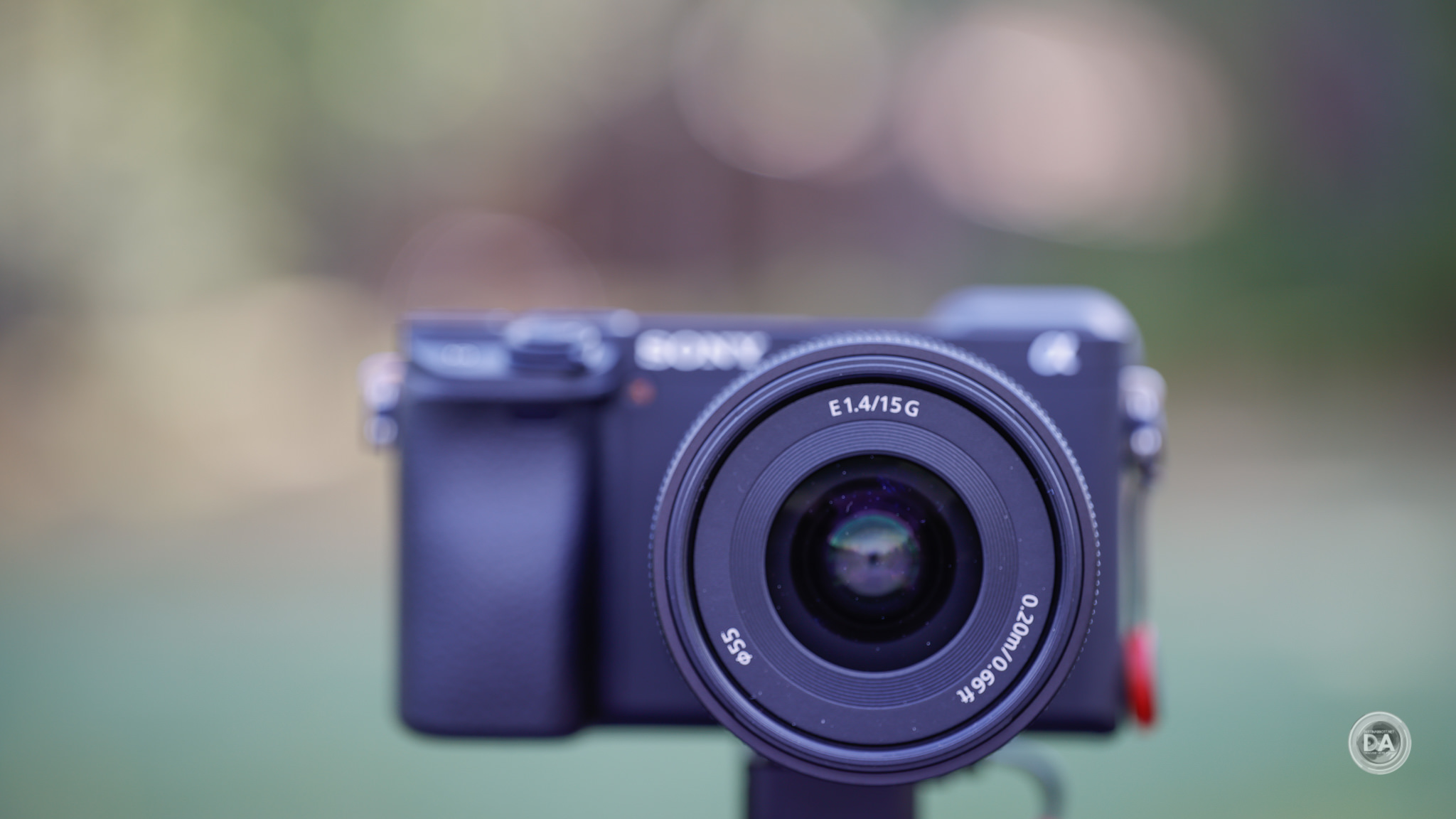
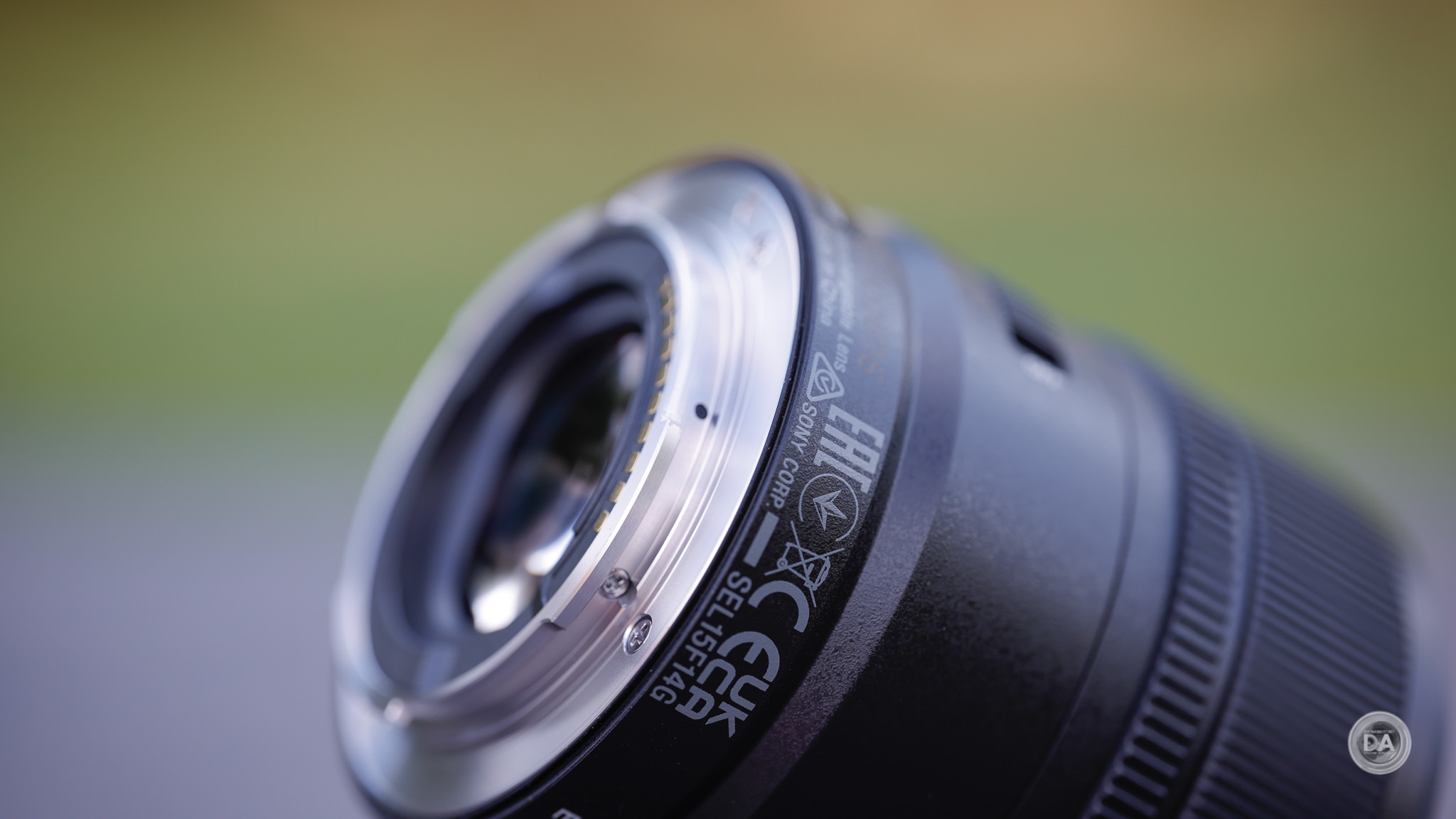
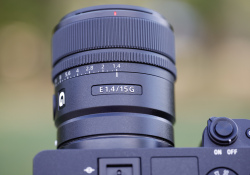
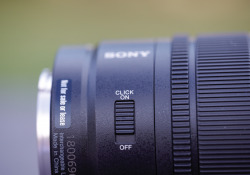

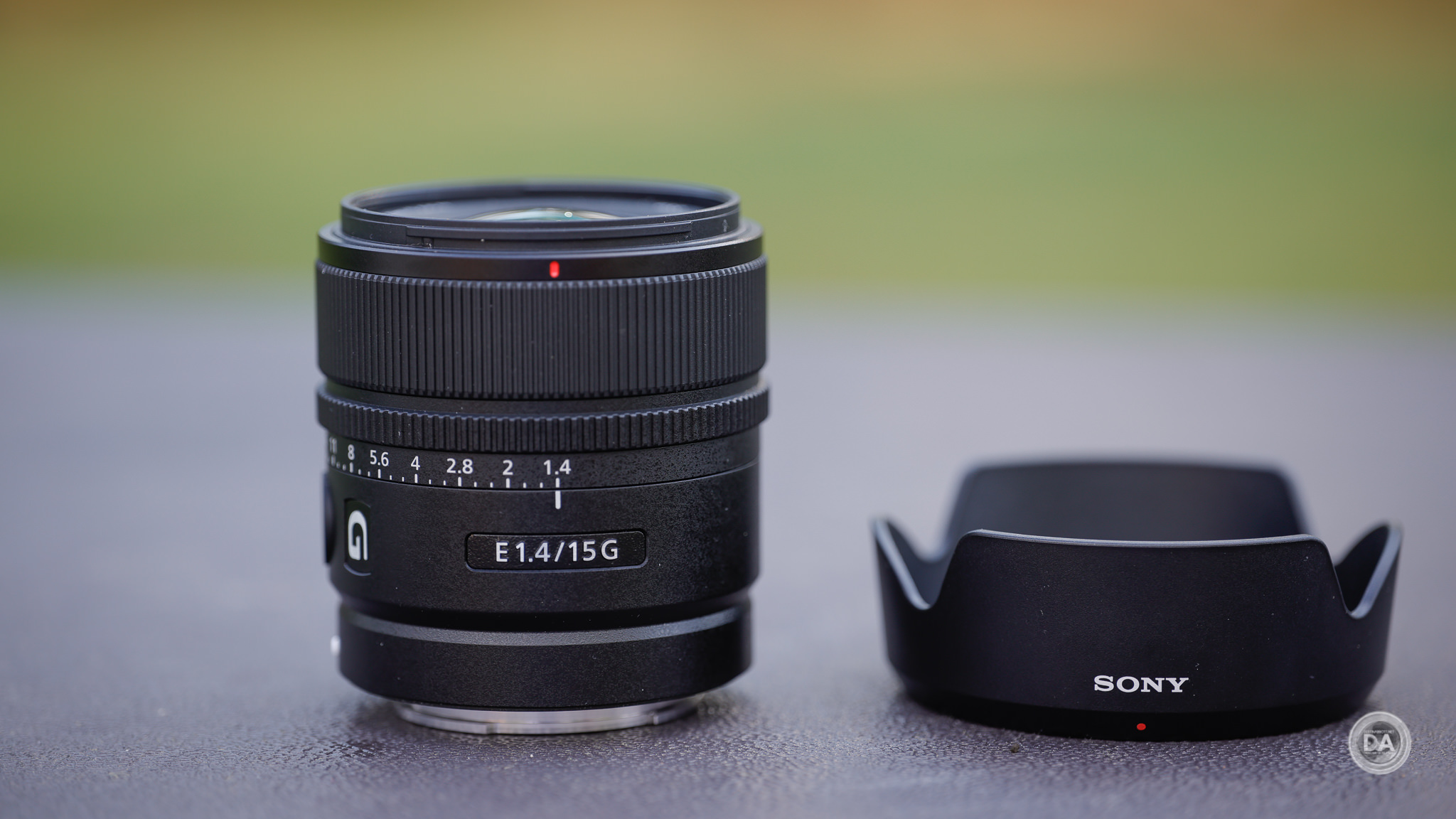
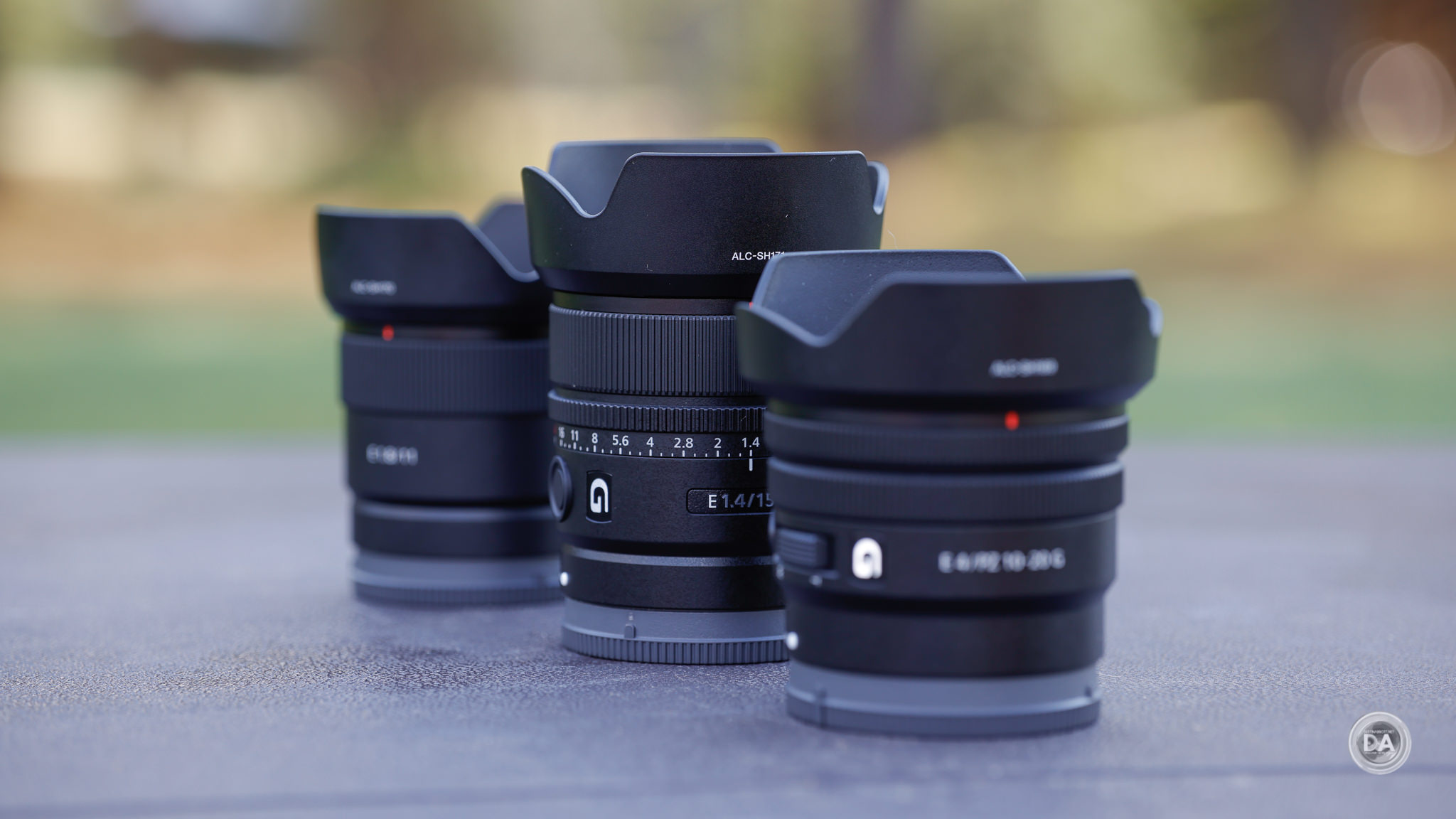


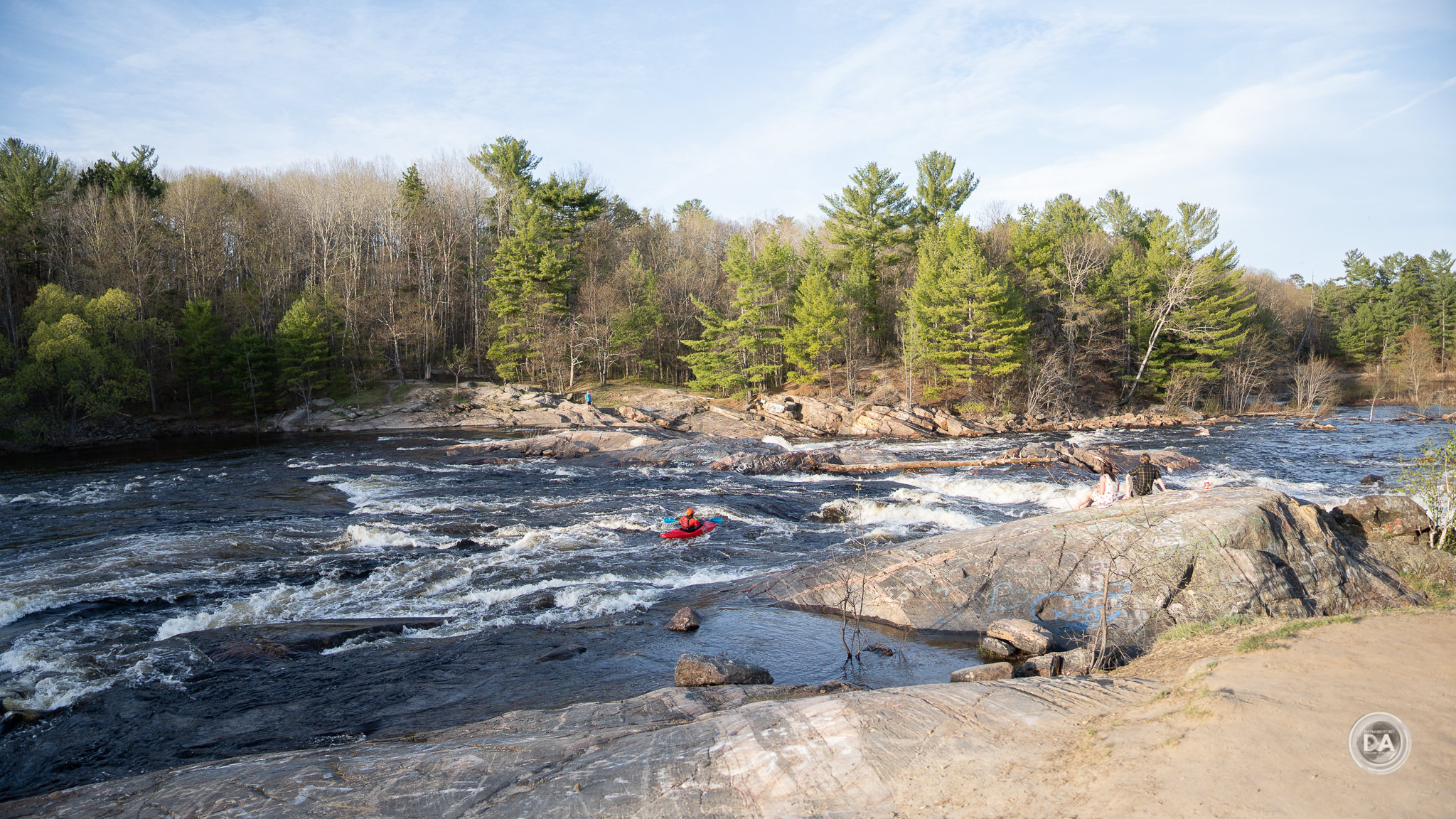


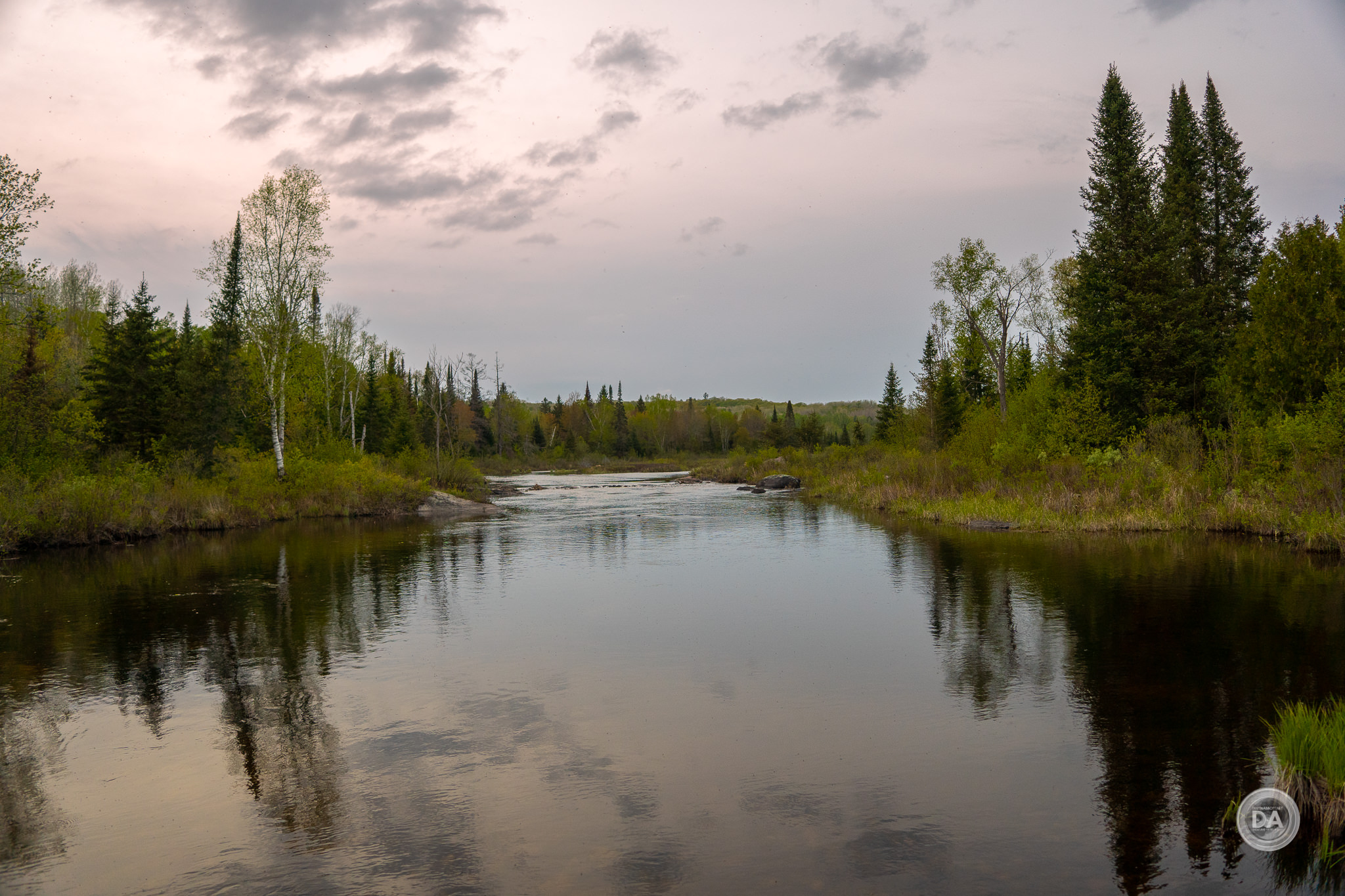
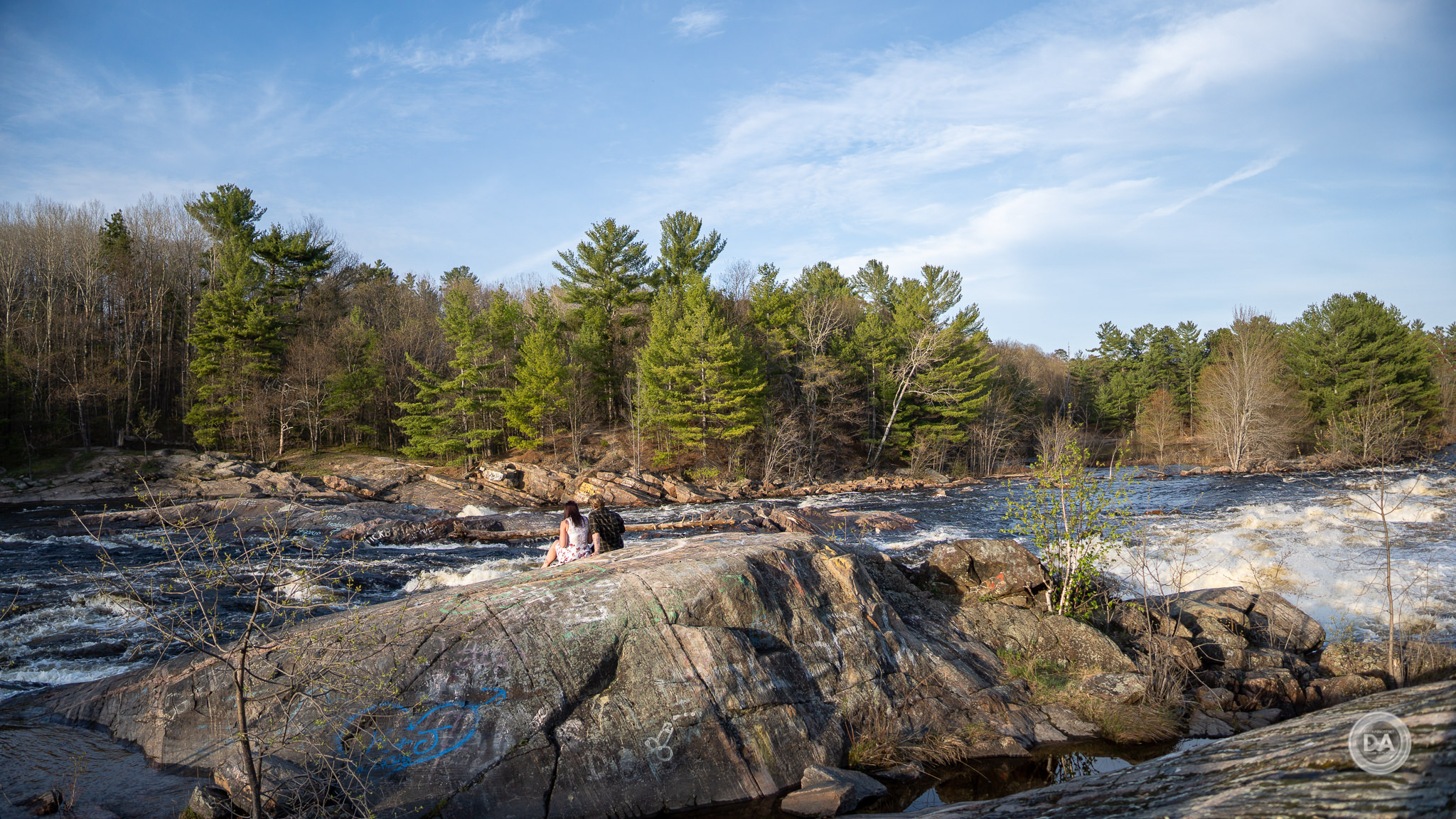



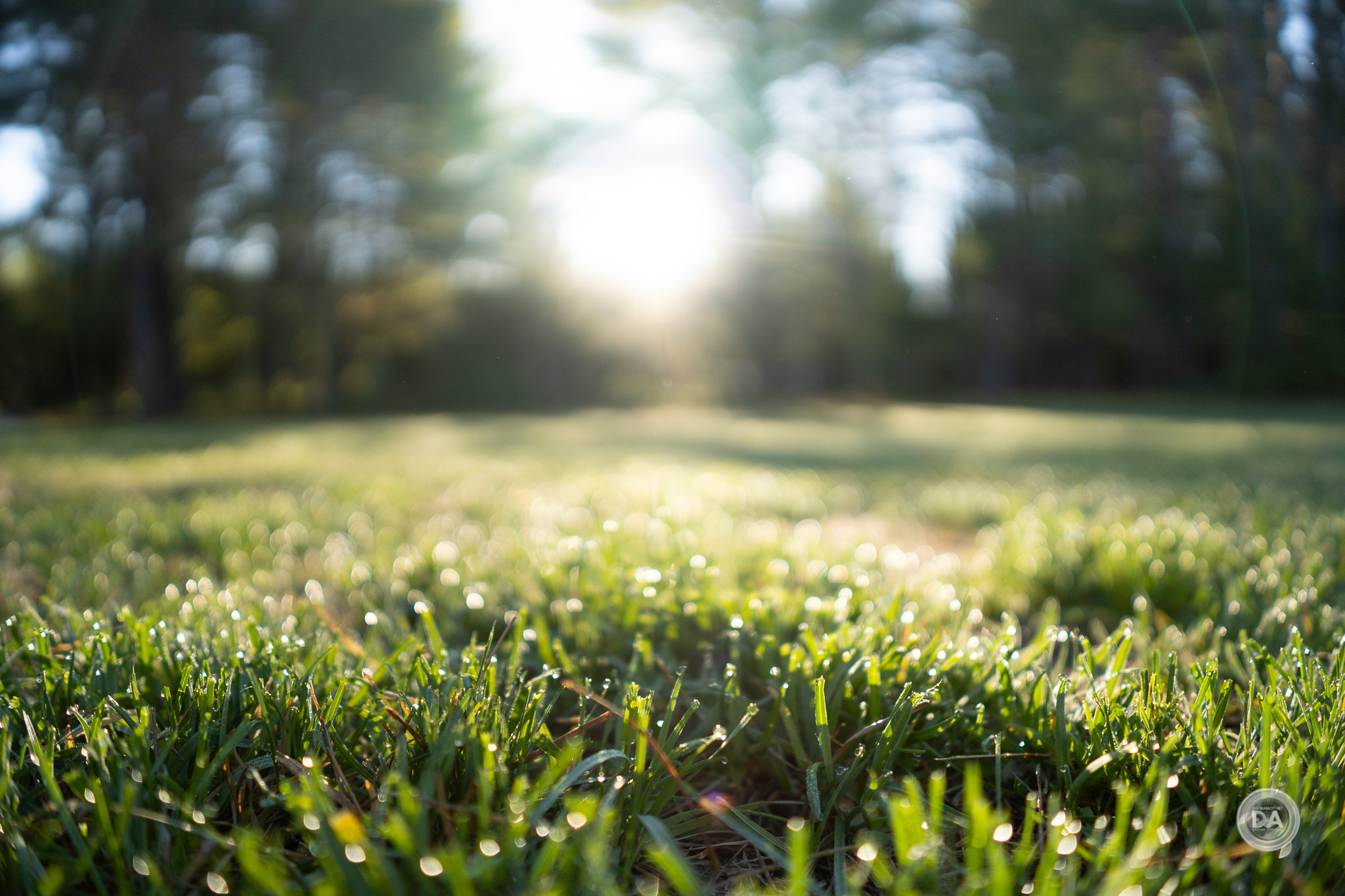

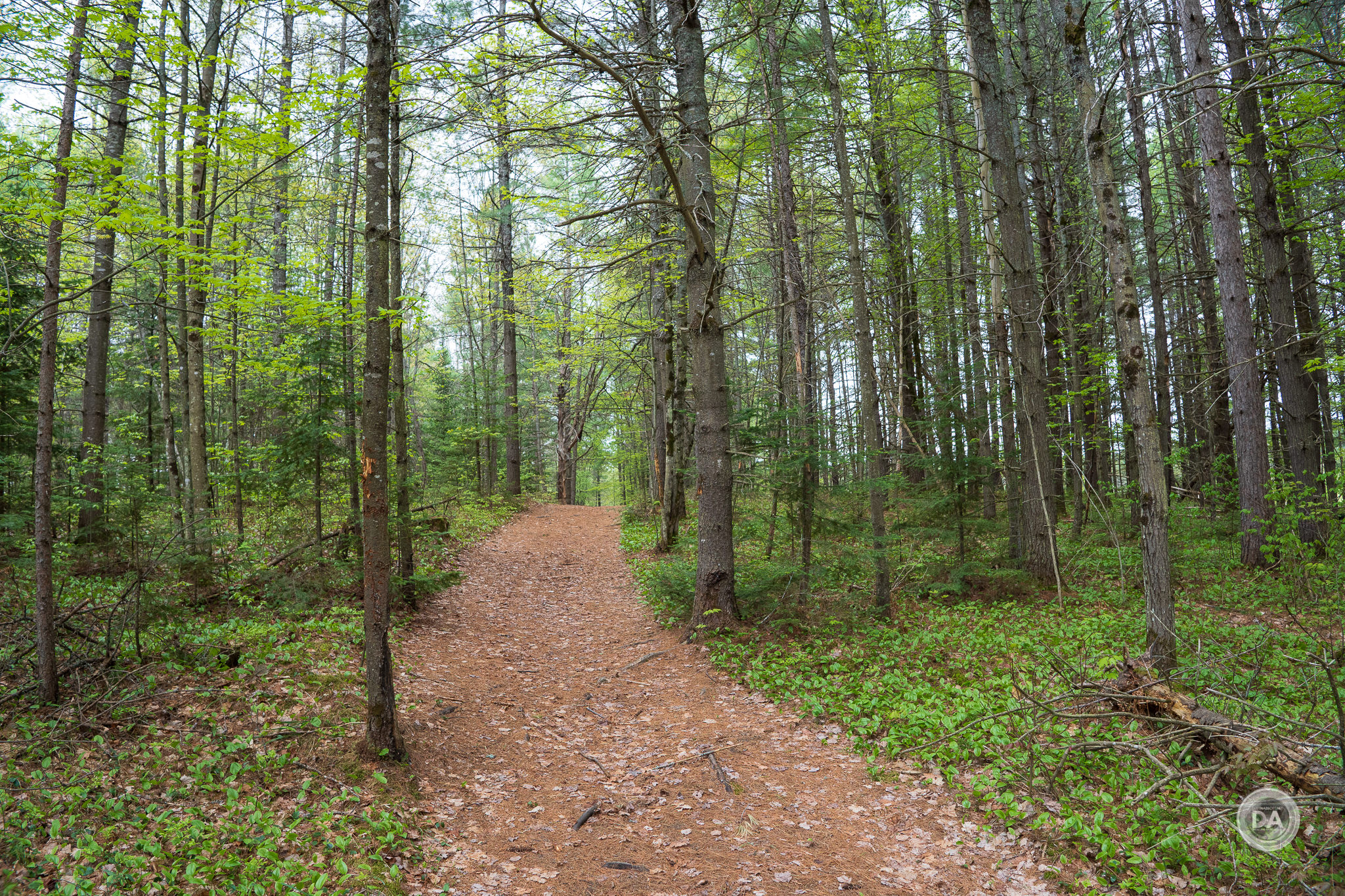







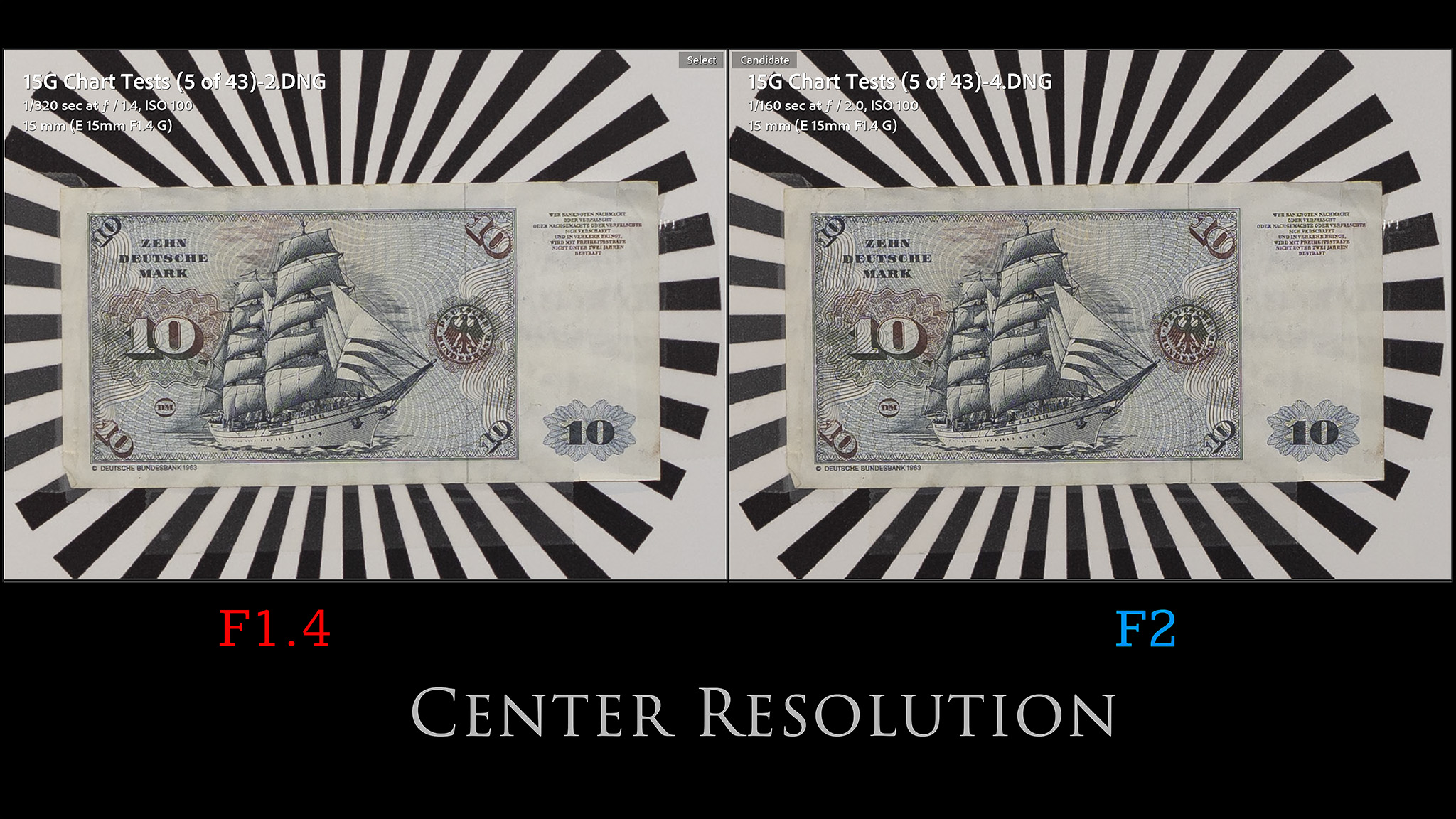
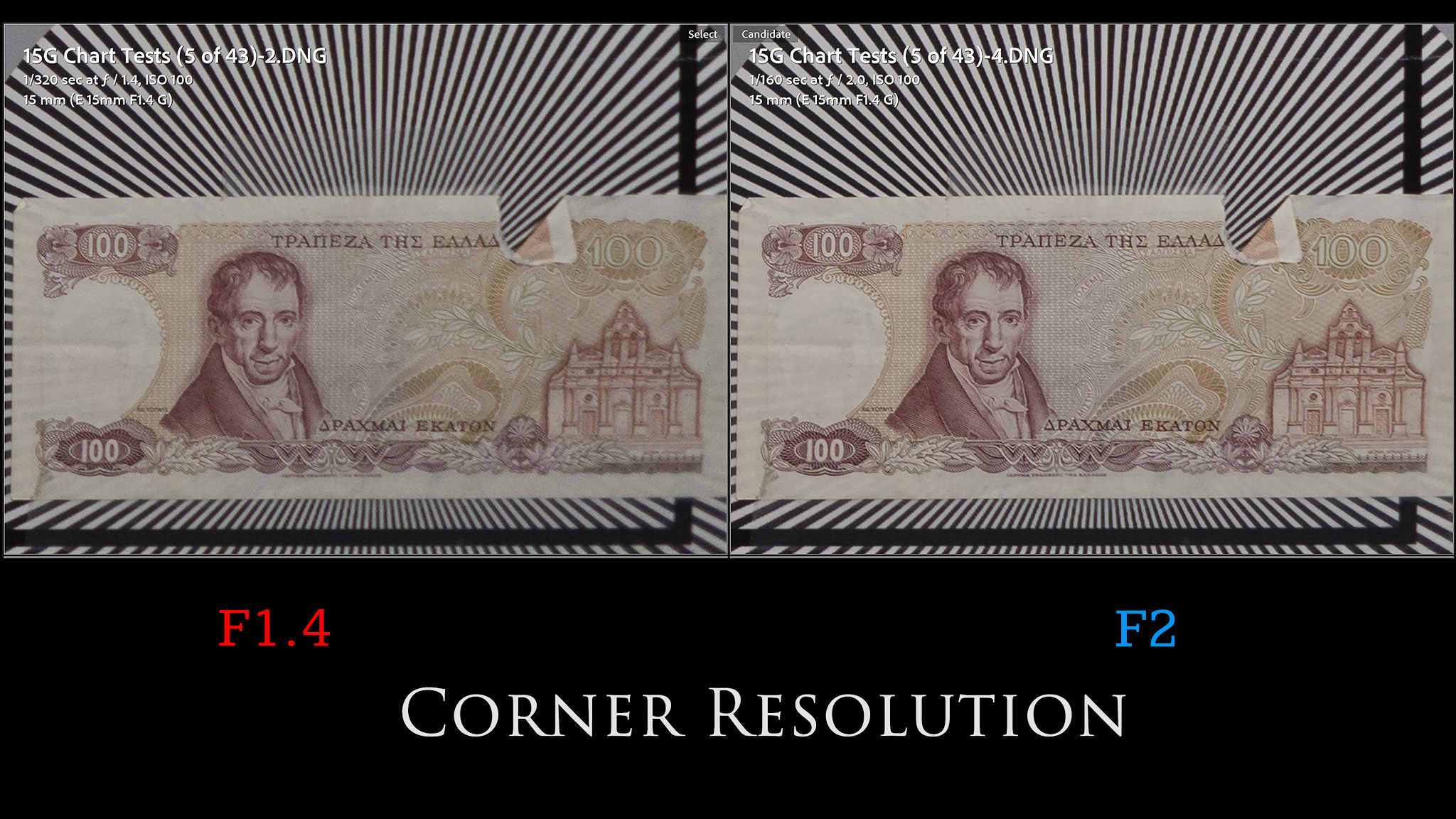



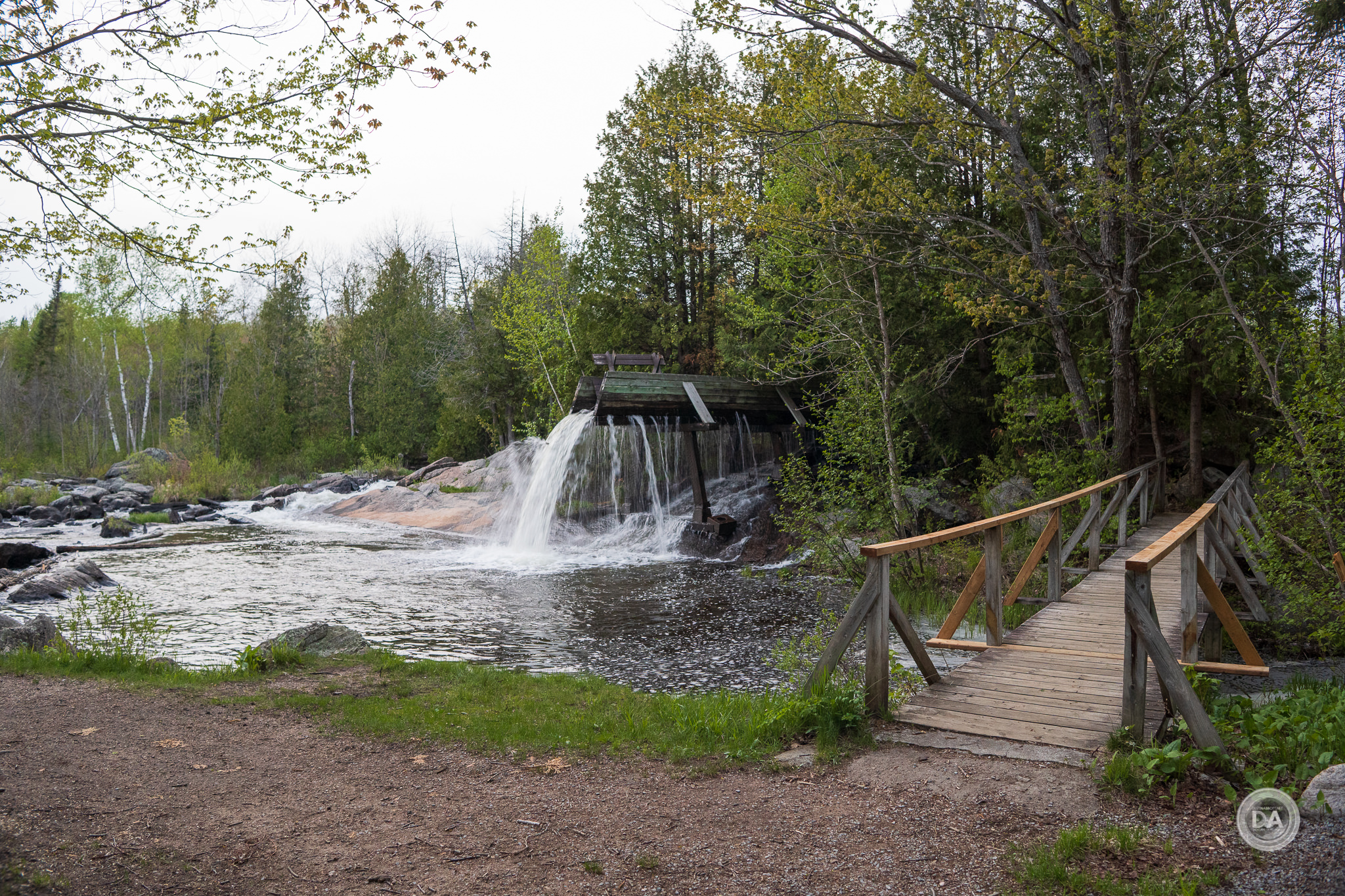
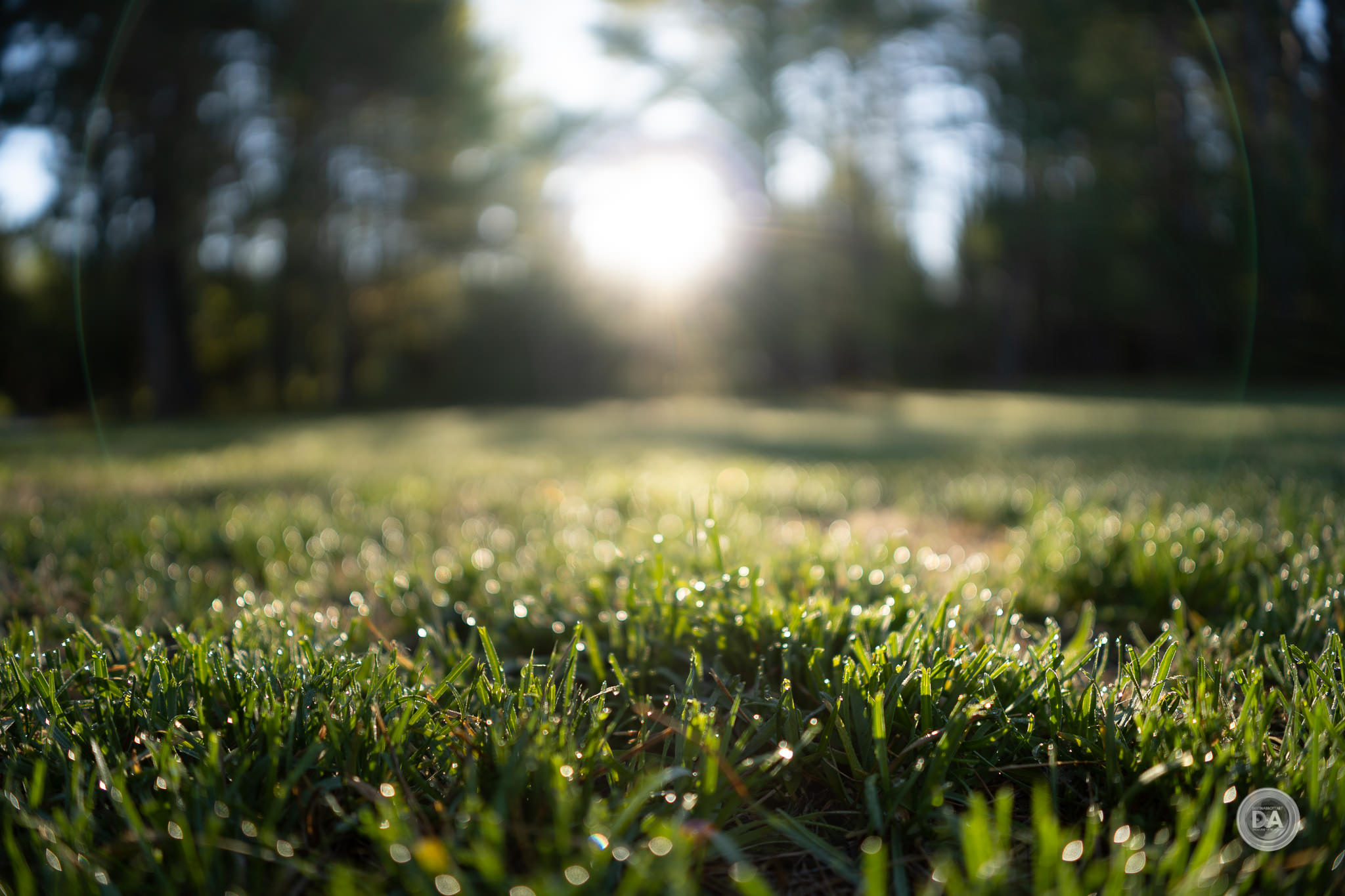








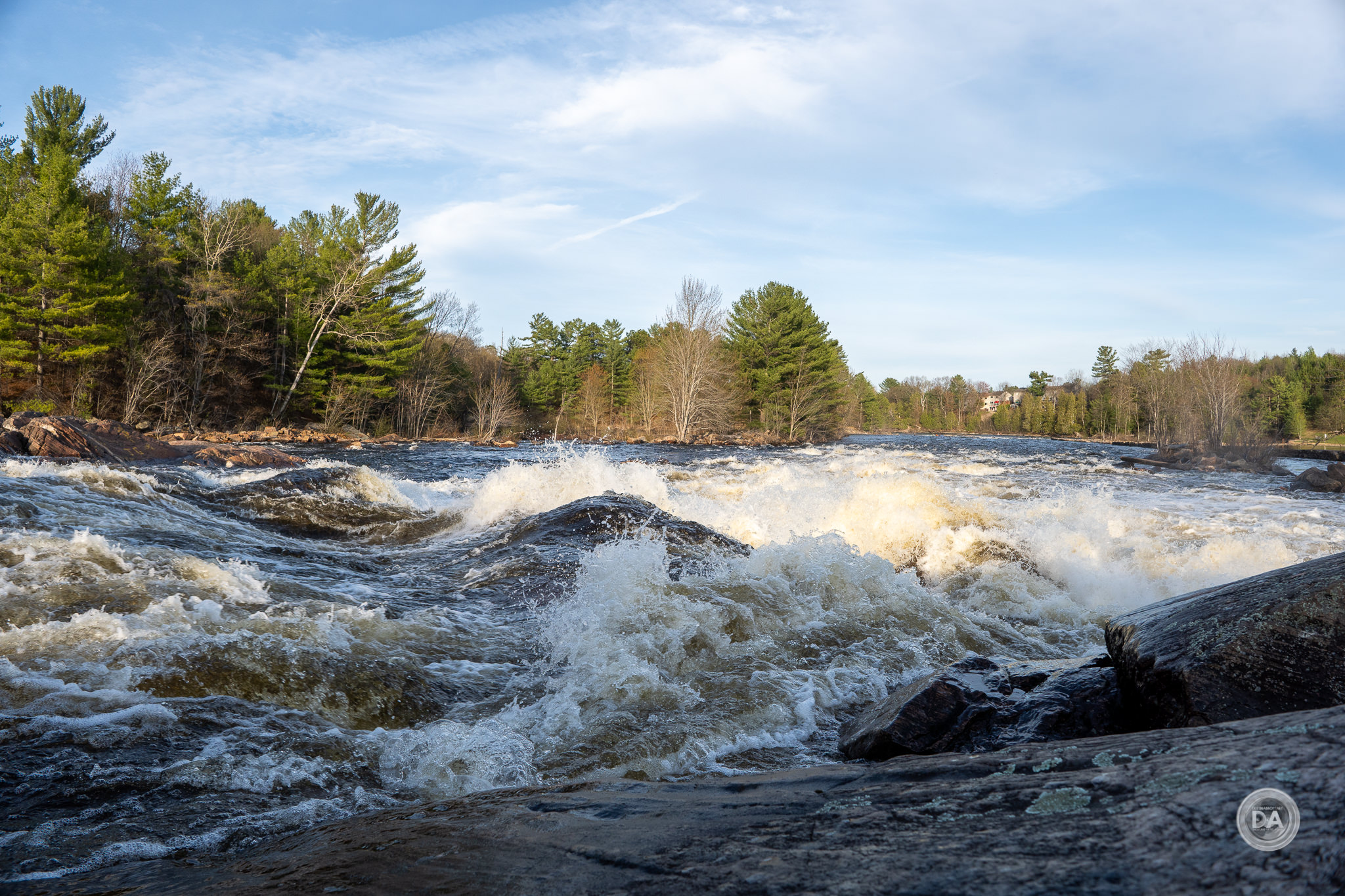
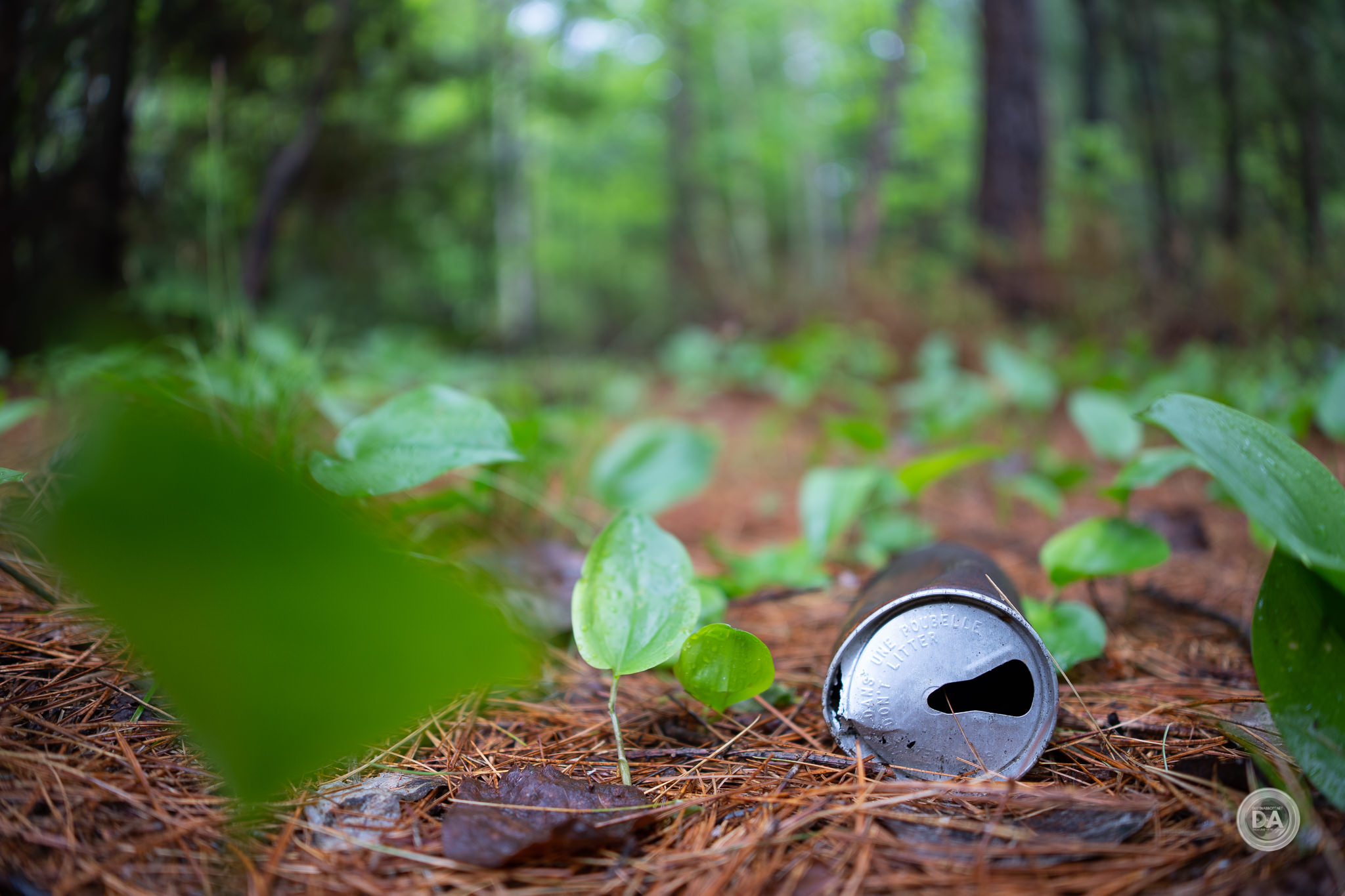


 Viltrox Pro AF 85mm F1.4 FE Gallery
Viltrox Pro AF 85mm F1.4 FE Gallery  Viltrox AF 85mm F1.4 PRO FE Review
Viltrox AF 85mm F1.4 PRO FE Review  Yongnuo YN 35mm F1.8 ART Gallery
Yongnuo YN 35mm F1.8 ART Gallery  Yongnuo YN 35mm F1.8 DA ART Review
Yongnuo YN 35mm F1.8 DA ART Review 


